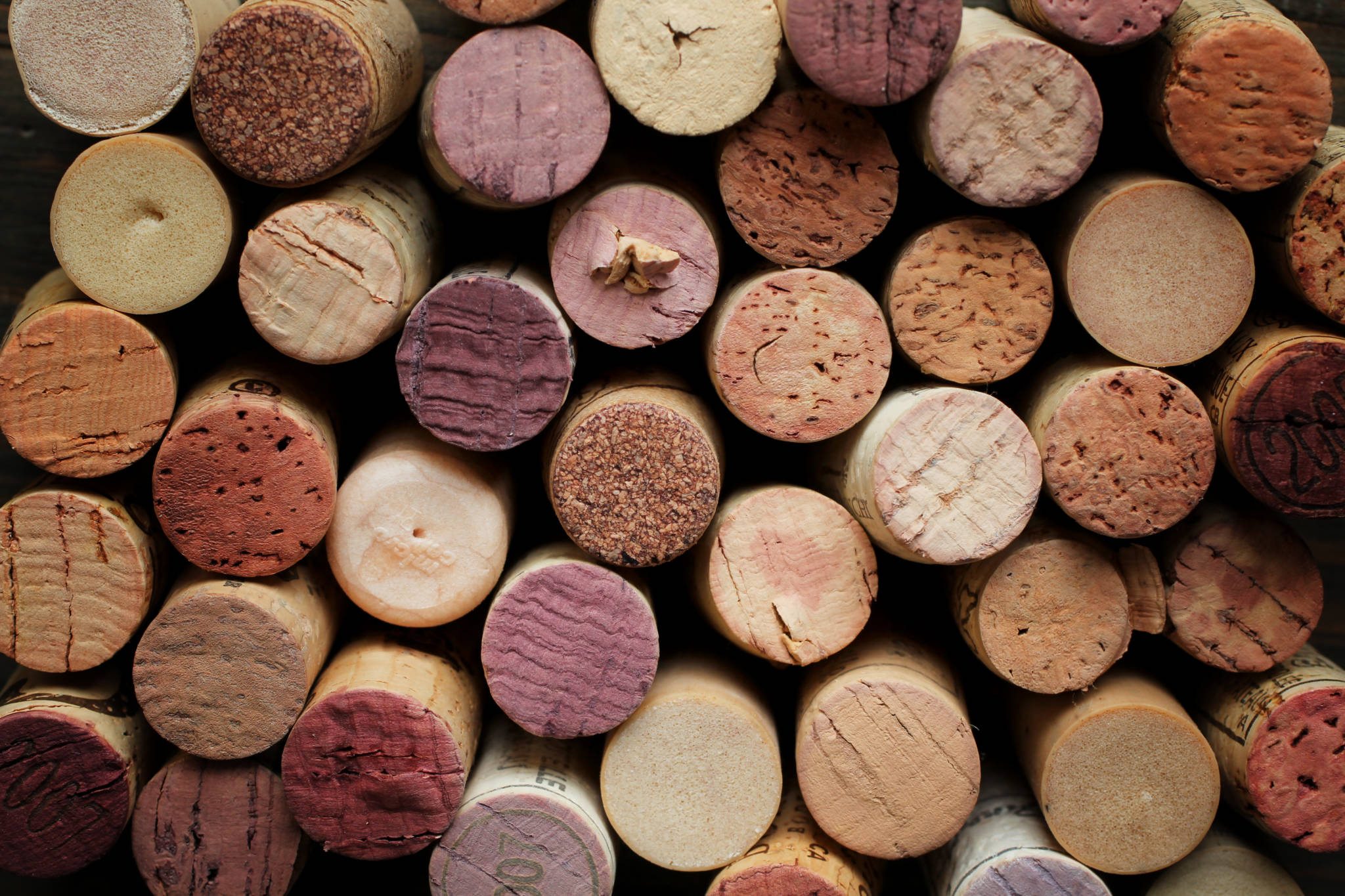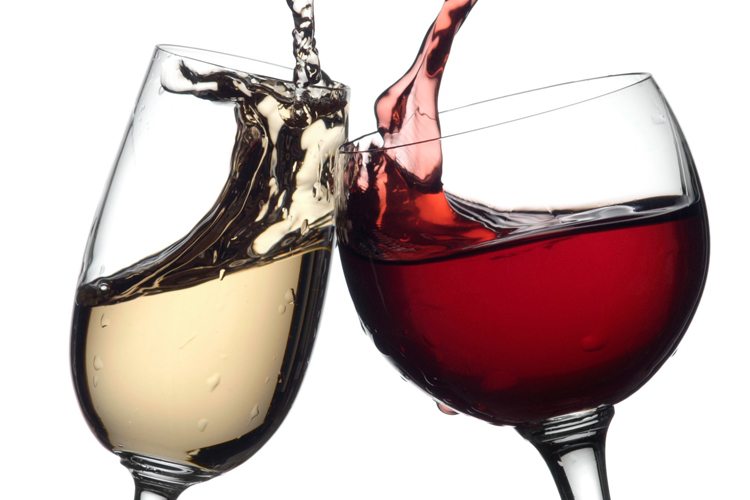
Over the last 20 years, the Okanagan Valley has established itself as one of the world’s best wine regions.The region’s wineries are regularly featured among the world’s elite at international competitions, and USA Today even named it the 2nd best wine region to visit in the world, only second to Portugal. So what’s the secret to the Okanagan Valley’s burgeoning wine industry?
Wine Quality
It all lies in the region’s soil and climate conditions, which control the quality and production of wine. The province’s diverse terrain allows growers to produce a wide variety of wine varietals, from bold Merlot to refreshing Sauvignon Blanc. There are 131 licensed wineries in the Okanagan Valley; 40 of them located within 20 minutes from Penticton.
The Basics of Wine
You don’t need to be a wine connoisseur to enjoy a glass of red but knowing the basic facts about wine will help you the next time you’re at a restaurant, and trying to decide between two similar varieties.
Dry vs. Sweet
When a wine is called “dry” it means it doesn’t carry any residual sugar, making it less sweet than other wines. However, the type of grape, region and oak aging can greatly affect the flavour of a wine, which is why a dry wine can sometimes be sweeter than a well known sweeter wine.
Acidity
Wines that have high acidity feel light and spritzy while wines with low acidity are more rich in flavour.The most common characteristic of an acidic wine (otherwise known as ‘tart’ wine) is experiencing a tingling sensation around your tongue when enjoying a glass.
Rich vs. Thin
A rich wine has strong fruit flavours while a thin wine has acidity but little substance. If you taste great flavour and aroma with a glass of wine, you’re drinking a rich wine variety. For further wine descriptions, Wine Folly does a great job at breaking all the terms down for you.
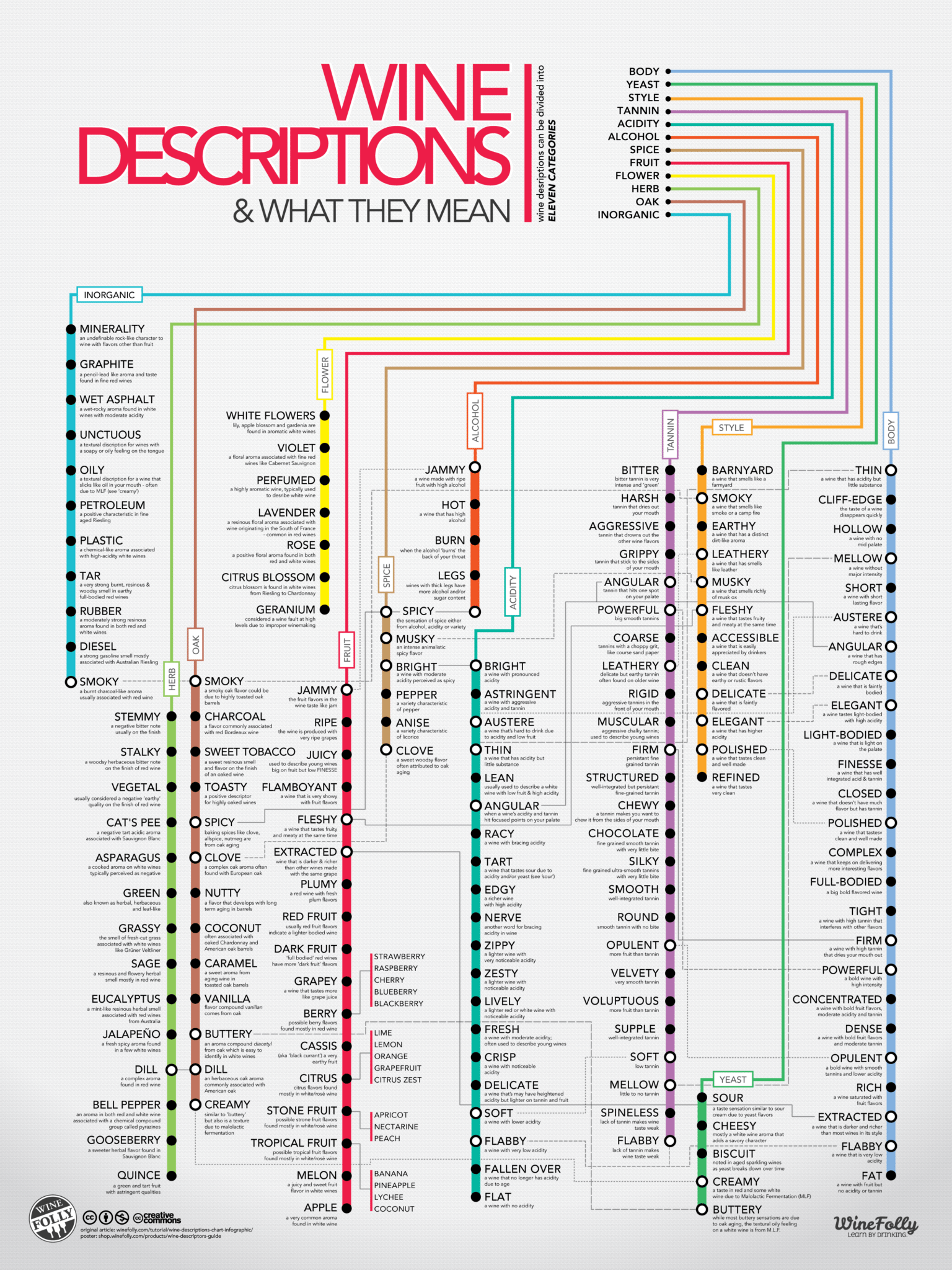
Old World Wine vs. New World Wine
Old World wines are wines that are made in Europe, as the first techniques of wine production were invented in the Roman Empire. Old World winemakers follow traditional methods of wine production. Some of the most popular Old World regions are Italy, France, Spain, Hungary and Portugal. New World wines, meanwhile, are made using the traditional Old World methods but with some modern agricultural techniques thrown in. United States, Canada, New Zealand and Chile are some examples of New World wine regions.
The Process of Wine
Autumn is the season when grapes are harvested. Winemakers will wait for the optimal moment but this process generally begins in mid September and is completed in November.
Once the harvested grapes arrive at the winery, the stems are separated from the fruit and discarded. The remaining seeds, pulp and skins that remain are then crushed to extract the juice.
This is when the fermentation process begins: Yeast is added to turn the sugars in the grape juice into ethanol (alcohol). This stage takes between three days to three weeks.
After the fermentation period, the ageing process begins. White wines are aged a few weeks to a year while red wines are aged for about 1-2 years.
Once the aging process is complete, winemakers will often add different characteristics to their blend (to achieve a specific style of wine) before putting the wine through a filtering process and then finally bottling their creation.
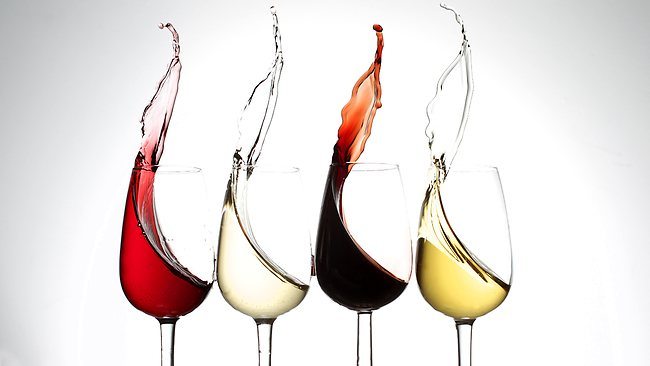
The Top Okanagan Wines
Over 60 different grape varieties are grown in B.C, but the top planted grapes in the Okanagan are Pinot Noir, Merlot, Pinot Gris and Chardonnay. All are classics with distinct looks and tastes.
Merlot
With over 1600 acres of Merlot grapes currently planted in the Okanagan, it’s no surprise Merlot is one of the most popular wines produced today. The Merlot grape originates from the Bordeaux region in France but has large growing sites in warmer climates like California, Chile and in the Okanagan as well. Merlot is a well-known blending partner for other wines; Cabernet Franc and Cabernet Sauvignon especially. When blended together, the different styles create a very delicious, complementary blend to be enjoyed. It’s most often paired with red meats to match the weight and and polish of such dishes, but it is not uncommon for it to be paired with lighter meats as well.
Pinot Noir
The Pinot Noir grape has strict growing conditions that require consistently warm days and cool nights, which the Okanagan is lucky enough to have. While originally from Burgundy, France, Pinot Noir is now grown all over the world and has nearly 1000 acres dedicated to it in the Okanagan. Because of its more stringent growing conditions, distribution is lower than other wines, making it a little more exclusive and expensive in comparison with similar red wines. Pinot Noir is considered one of the most versatile food wines, playing well with various meats, cheese, chocolate and spicy foods.
Pinot Gris
Pinot Gris stems from the same white grape as Pinot Grigio and they are in fact the exact same wine. Over the years, however, the french Pinot Gris has established a distinctly different style than its Italian counterpart. Full bodied, rich and fruity, Pinot Gris wines are fitting with nearly every type of food but complements seafood like crab and salmon especially well. With 25,000 acres of Pinot Gris grapes planted, Italy has the most vineyards dedicated to producing Pinot Gris wines, but the demand for the wine variety has become so great that it’s become one of the top produced wines in the Okanagan Valley.
Chardonnay
This crisp white wine originates from the green-skinned grape and is known for its sophisticated dry flavour. It goes beautifully with seafood and cream-based dishes. The Chardonnay grape’s ability to adapt allows it for to be grown in abundance worldwide. Its diverse range of flavours makes it one of the most popular white varieties on the market today.
Specialty Wine
Ice Wine
Ice wine is a unique wine variety because its harvest time is in a completely different season than regular wines. Instead of a September- November harvest, grapes are picked between November and February, in sub-zero temperatures. The grapes that have been left frozen on the vine are selected and kept below -8 degrees celsius until they are pressed. Only a small amount of concentrated juice is extracted, resulting in a very sweet dessert wine. Because of the difficult harvest and fermentation process, ice wine is rare and more expensive. Thanks to Canada’s regularly cold temperatures, the country produces 75% of the world’s ice wine.
Now that you have a little background on wines and Okanagan wines specifically, are you ready to plan your next trip to the Okanagan? Penticton is lucky enough to be in the heart of the Okanagan Valley, with quick access to dozens of great wine tours. There’s something here for everyone. Check out Wine B.C’s official site for more wine details, or get in touch with Penticton Lakeside Resort to plan your stay!
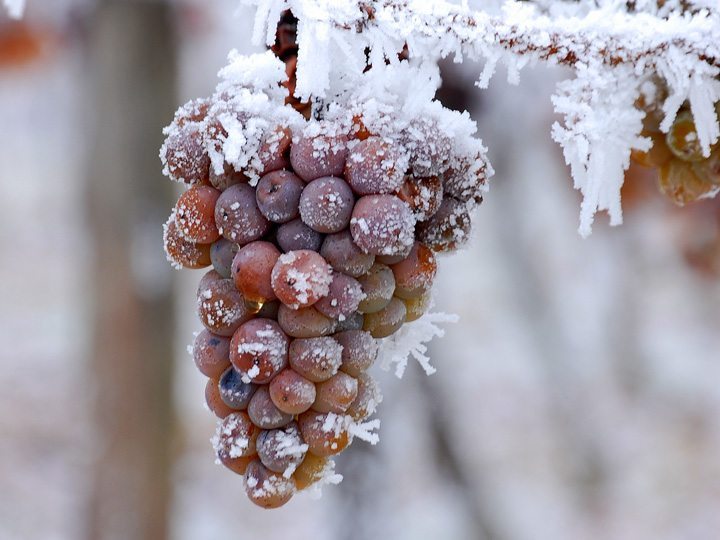
Offers mentioned herein are valid at the time of publication unless otherwise mentioned. For our most recent offers and promotions, please visit our ...
Travelling to Penticton is convenient from nearly anywhere in Washington State, with a drive time of approximately five and half hours from Seattle, ...
The Penticton Lakeside Resort is expanding its hotel inventory with construction of the new West Wing Tower set to hold 70 modern suites. ...



